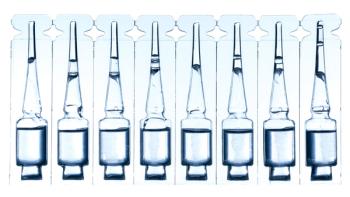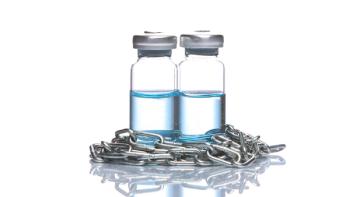
Both demand for and investment in fill/finish capacity continue to rise.

Both demand for and investment in fill/finish capacity continue to rise.

Using a minimum valuable product and process approach would make it is possible to discipline and structure the development of biopharmaceuticals in the fastest way possible.

There are many benefits of employing a reformulation strategy, but companies must also overcome a variety of challenges too.

The industry revisits the pros and cons of microbial fermentation at scale for biotherapeutics.

BFS technology can help maintain sterility during the biologics manufacturing process.

A simplified downstream process can save time and costs but requires enabling technologies.

Awareness of recently implemented—or ongoing—advances by the pharmacopoeias can help biotherapeutic manufacturers remain compliant with current requirements.

Assessment of peripheral blood protein glycosylation has recently become scalable, providing a new domain for biomarker research.

Technological developments in real-time supply chain operations provide biologics manufacturers with capabilities that go beyond supply chain visibility to tangibly address security and quality challenges.

Biopharma focuses on streamlining biomanufacturing and supply chain issues to drive uptake of cell and gene therapies.

FDA backs joint reviews, common research policies, and modern production methods around the world.

One can only learn the secrets of "fight club" by attending its meetings.

Susan J. Schniepp, distinguished fellow at Regulatory Compliance Associates, addresses the difference between regulatory compliance and real compliance.

The 1VQ papers advocate for the idea that certain post-approval changes should be streamlined and expedited.